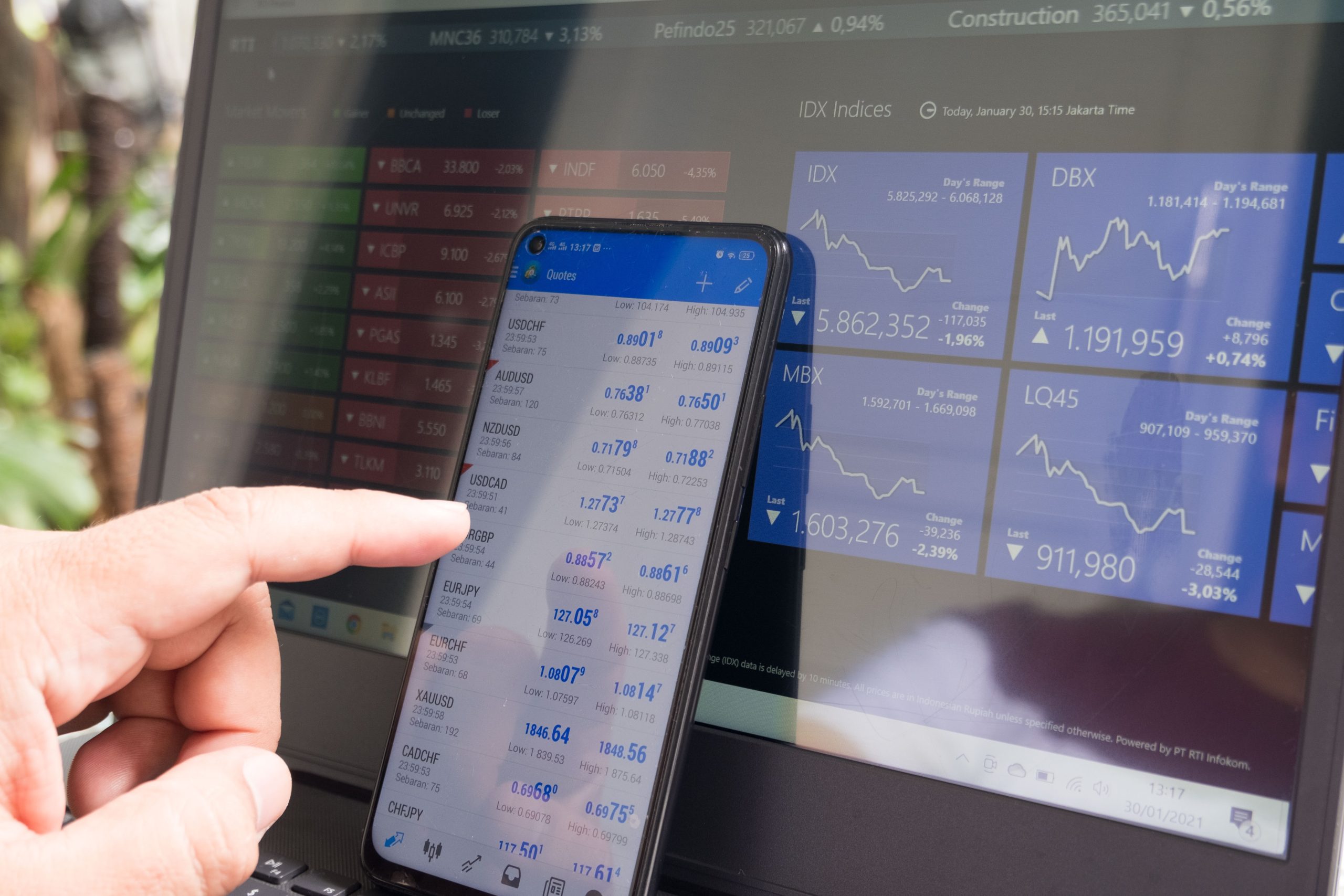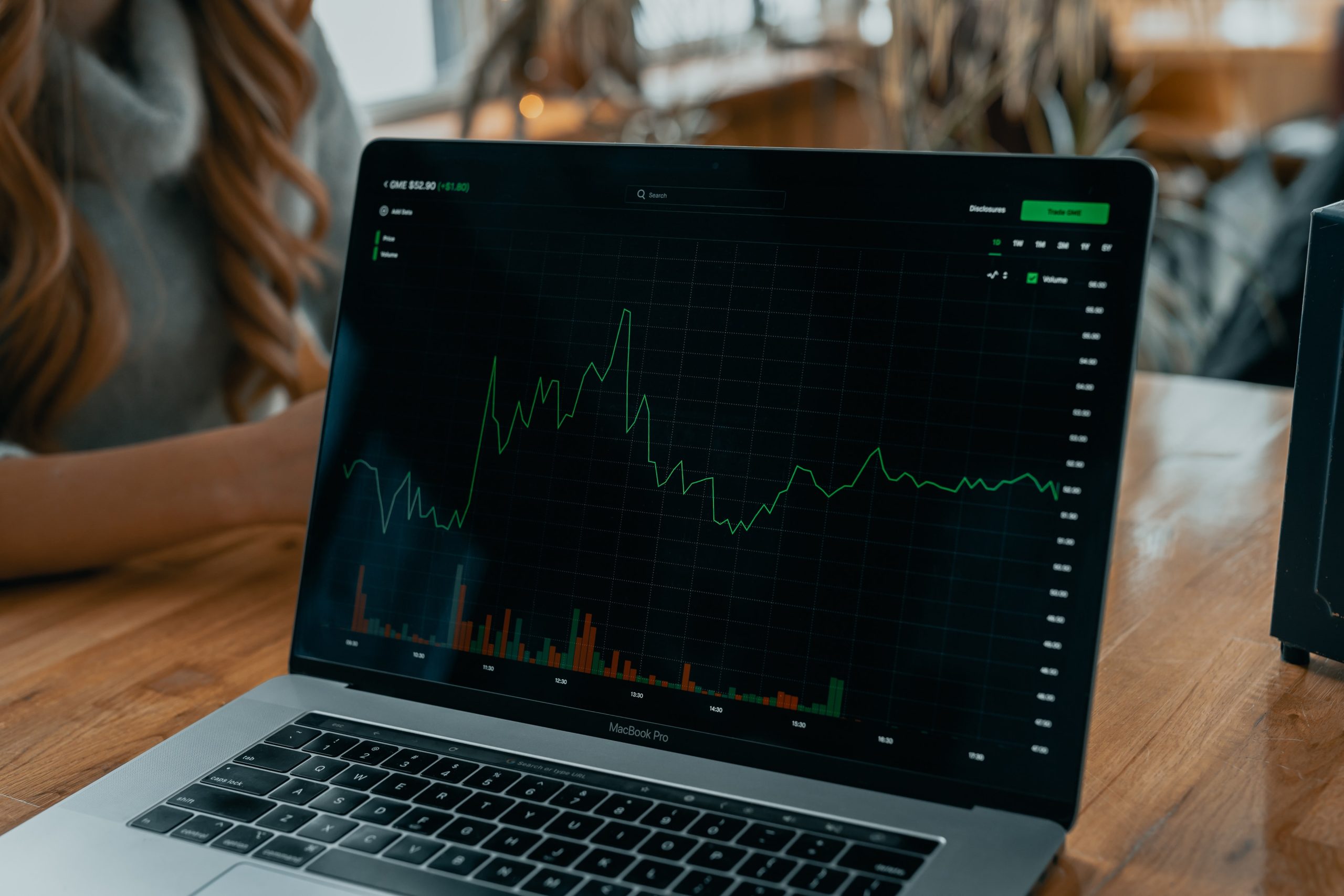The creation of forex signals was a logical development for the financial sector.
They successfully address the most difficult task that any trader must complete: finding the proper trading opportunities at the right moment. A forex signal is, by definition, a trading suggestion or recommendation on a certain financial asset that is to be carried out at a specific price and time. Forex signals can assist you in improving your trading activities regardless of your level of expertise or talent in trading.
Additionally, seasoned traders have the opportunity to use forex signals to expand the scope of their profitability and experience. Forex signals are helpful for beginner traders because they allow them to trade while still learning the markets profitably. The signals can also decrease their learning curve because they can fully understand the trading possibilities the signal is based on as they try to comprehend the reasoning behind any trade suggestions they receive. Remembering that a trading signal is only as helpful as it is timely in a quick and dynamic market like forex is crucial.
What are Forex Signals?
Forex signals are an excellent approach to improve your market performance, and they may allow you to generate better returns with little more work. The people working for fxth.com can explain how people pick this approach due to the large chances of making a profit. They are helpful for novice and seasoned stockbrokers since they provide an understanding of how other traders are playing the market and enable you to adopt their trading methods. A Forex trading signal may inform you of potentially profitable transactions inside your preferred trading locations by executing those signals from Telegram to MT4 Trade Copying, depending on your preferences and areas of interest.
When you join up for a Forex signal service, you’ll get timely updates alerting you to potentially profitable trades, like currency pairs with suggested stop or loss information. They are sent to you in real time and give you access to the most recent information as well as a window into the trading strategies of other seasoned brokers. Before diving into how they work precisely, let’s define the types of forex signals.
Types of Forex Signals
First, manual and automated forex signals are different based on how trading signals are produced. An individual who may be a skilled trader or a professional generates manual forex signals. Automated signals, on the other hand, are produced by a forex robot that monitors and examines market price movement based on pre-programmed algorithms. Also, The cost of a signal service provider determines the price of the signals, being paid, and free signals. Some service providers provide free signals (which may be unlimited or available for a short time), while others charge a fee.
Paid signals may be purchased on a subscription or for a one-time price. Finally, the providers only offer exit signals, which are signals to close any relevant open trade positions you may have running on your trading account. Some of the signal providers may only offer entry signals, which is a signals to open a trade position in the market. That’s how traders also classify entry and exit indications of forex signals.

How do they work?
The best indications can improve everyone’s trading activity. They first enable traders to use various market tactics. With the help of forex signals, traders may keep tabs on changes in the market of all stripes using a variety of technical, fundamental, and sentimental tactics. A technical trader, for example, will be able to follow and benefit from forex indications produced by fundamental analysis. This allows traders to find high-quality, high-probability opportunities across several assets constantly. Additionally, forex signals reduce trading time. The FX market is open around-the-clock, and there are a ton of opportunities. The extra commitments of many retail traders severely reduce their trading time. They are, therefore, only exposed to a small number of trading chances. Trading time can be more effectively utilized with the aid of forex signals. Typically, a forex signal will offer thorough trading recommendations (entry, stop, and take profit price levels) and simply require the user to carry out the transaction themselves. Traders can organize their trading schedules in this way to take advantage of the finest market possibilities.
Forex Trading Signals in Copy Trading
Depending on your trading requirements, either manual or automated signal providers—or even both—might be able to assist you. Each signals provider on the website is accessible to anyone having an MT4 or who wants to subscribe to their service. Virtually anyone may become a signal provider, but there are several features to make sure you can subscribe to a provider that meets your trading demands. The community assesses and rates each signal source based on their confirmed trading performance.
Every trader can choose their preferred signal source based on their percentage increase thanks to a variety of sorting and filtering options. In contrast, to copy trading, which allows traders to effectively repeat the trades of a successful trader in their own trading account, forex signals allow traders to choose whether or not to execute a trade proposal. In automated copy trading, you choose a trader, and their positions are reflected in your trading account. Of course, there are versions where you can also alter the trade size and assets.

How should I start using forex signals in trading?
Your trading objectives and aspirations will influence your choice here. The primary cause of this is that one of the risks associated with forex signals is that they place your trading decisions in the hands of a third party, even though you are ultimately responsible for the results of the trades. In other words, if your trade is a success, you get to keep all of the gains; however, if it is a loss, the complete loss is your responsibility, not the signal providers. You can apply the following steps to make sure you capitalize on the potential presented by employing forex signals in trading.
Step 1: Find the right broker
A competent broker’s trustworthy platform ensures the smooth execution of Forex signals. You’ll need to choose the best forex prop trading firm available to you that utilises features like cutting-edge trading systems to ensure you have a reasonable basis to start.
Step 2: Find your signals provider
The most challenging element of using forex signals is finding a signal provider. A reliable signals supplier will guarantee constant account growth with little drawdowns and a success rate. Established providers will typically be more trustworthy than new ones whose trading outcomes might be biased. You can communicate with your peers or exchange mentors by becoming a part of an active forex trading community on Telegram.
Step 3: Testing phase
Make sure you can determine a signals provider’s trading performance before committing. Some service providers offer a free trial, ensuring that you will only continue if you are satisfied with the product’s performance. You should be able to undertake back-testing for automated methods to see how the program would have performed under various market circumstances. Prior to risking real money, it is advisable to evaluate the signals provider on a demo account.

Step 4: Start
Place your Forex transaction with specified entry and exit points following your plan. Don’t forget about employing risk management tools like take-profit and stop-loss orders to make sure everything is under control. Then you can exit the market with your trading strategy at the predetermined limitations. For further plans, consider your performance so you can improve with each trade you make.






